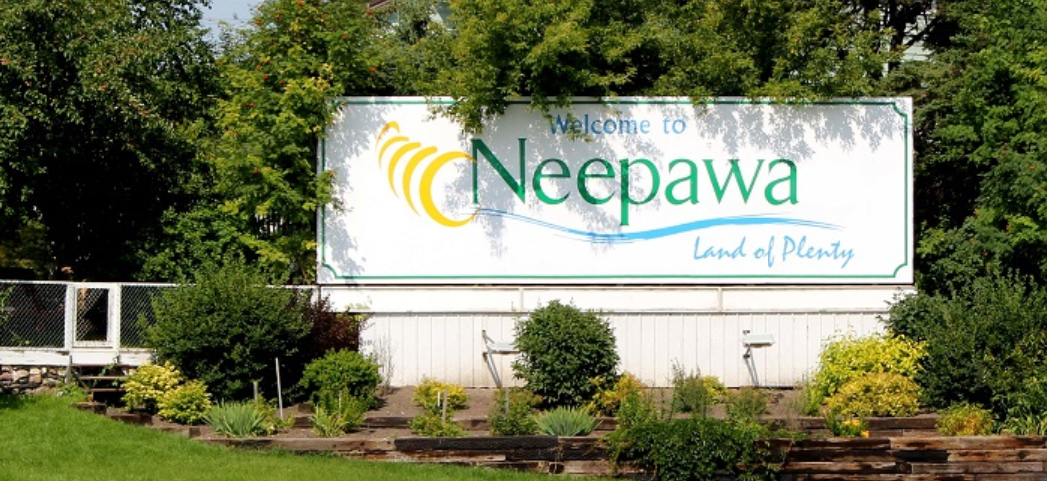| Project type | Amount | Community |
|---|---|---|
| Capital project |
Loan: $4,368,300 |
Neepawa, MB |

In 2016, the growing Town of Neepawa had pushed its lagoon system to the brink. The community decided to upgrade its wastewater system while taking future growth and sustainable development into consideration.
The town’s conventional lagoon system can accommodate sewage waste from 4,500 residents. The Moving Bed Biofilm Reactor (MBBR) technology, upon which the town’s new design is based, can serve a population of 7,500. This approach, not usually used in cold weather climates, will inform initiatives in other northern communities facing similar challenges. The technology is compact, can be easily replicated and maintained and works well where land is at a premium or limited.
“The incorporation of the new technology will modernize the way effluent is treated. The entire community will benefit from this project, not only in relation to efficient wastewater treatment, but by repurposing the two lagoon cells into a licensed compost and an area for water retention.”
—Colleen Synchyshyn, Chief Administrative Officer, Town of Neepawa
The upgraded process will allow the town to meet nutrient removal limits and extend the lagoon system’s lifespan so it can easily accommodate future growth and the community’s needs. Another key advantage of this new system is that its design is self-adapting to seasonal changes and will be able to accommodate extremely low temperatures in winter. Furthermore, the organic treatment process could divert approximately 30 per cent of the waste currently going to a landfill.
“The wastewater processing has not always been adequate, and MBBR is entirely new technology that will lead to better results. I think the biggest highlight for me is that this project will increase the capacity for our community. It will allow industrial, commercial and residential growth.”
—Ken Waddell, Publisher: Neepawa Banner & Press, Rivers Banner (see: myWestman.ca)
Neepawa’s MBBR project will provide efficient and effective wastewater treatment and will result in continuous discharge into the water system. This differs from conventional storage which, at given times of the year, can emit an offensive odor. The MBBR will also help address the significantly increased load that’s been put on the system in the last decade, via the expansion of a local processing plant. That expansions will also increase the community’s labour opportunities.
We expect this project to:
- Reduce total suspended solids (TSS) by 85 percent
- Increase treatment capacity from 611,000 m3/year to 1,007,400 m3/year (65 percent increase)
- Reduce energy consumption by 2,690 GJ/year
Additional resources
Want to explore all GMF-funded projects? Check out the Projects Database for a complete overview of funded projects and get inspired by municipalities of all sizes, across Canada.

